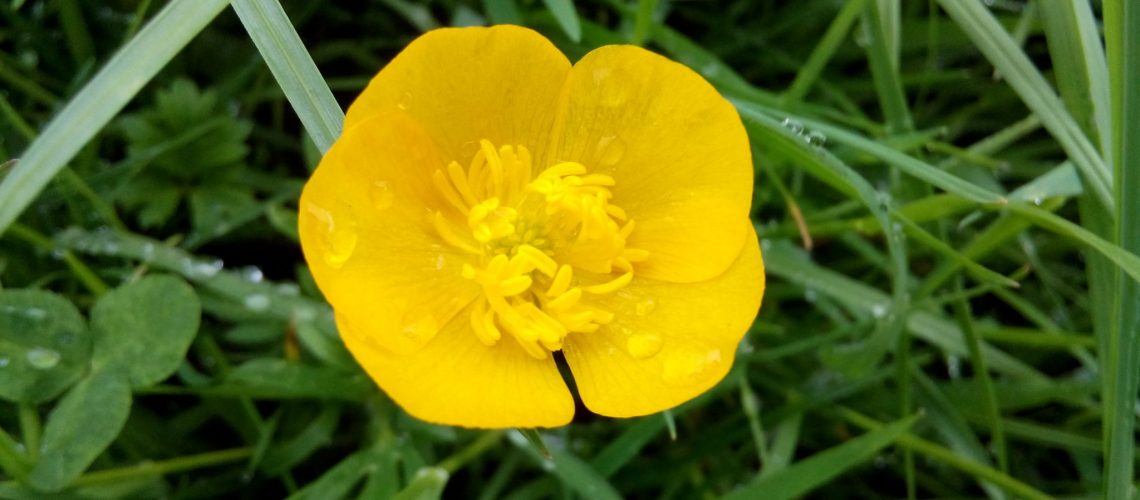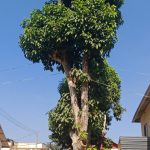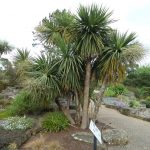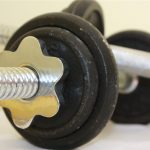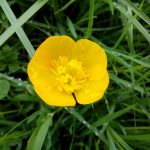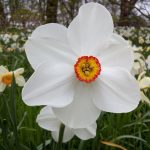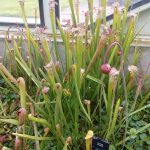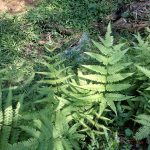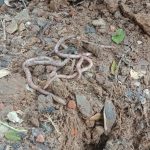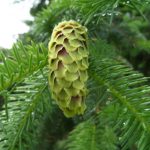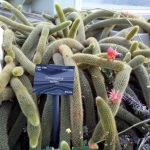Photosynthesis simplified
Green plants carry out photosynthesis, a physico-chemical process by which they use light energy to drive the synthesis of organic compounds. Joseph Priestley revealed the role of air in the growth of green plants while Jan Ingenhousz showed that sunlight is essential for the plant process called Photosynthesis which tkes place in the Chloroplasts of Eukaryotic Plant cells while Prokaryotic plant cells like photosynthetic Bacteria and Cyanobacteria have the photosynthetic pigments localised in the chromatophores.
Pigments required for photosynthesis are Chlorophyll a, Chlorophyll b Xanthophylls and Carotenoids which have the ability to absorb specific wavelengths of light.
Chlorophyll a is the chief pigment for photosynthesis while Chlorophyll b, xanthophylls and carotenoids are called accessory pigments which absorb and transfer energy to Chlorophyll a
The process of Photosynthesis has two phases- Light reaction and Dark reaction
Light reaction or Photochemical phase includes light absorption, water splitting, oxygen release and the formation of high energy intermediates, ATP and NADPH. It takes place in the granum of the chloroplast.
The pigments are organised into two discrete photochemical light harvesting complexes Photosystem I with P700 and Photosystem II with P 680 as reaction centres.
The electron carriers associated with Photosystem I highly unstable and cannot be identified and can be considered as Iron-sulphur proteins like Ferredoxin NADP (Nicotinamide adenine Dinucleotide Phosphate) reductase and NADP
The electron carriers associated with Photosystem II are Phaeophytin, Cytochrome b6-f complex Qinones and plastocyanin
he electrons are released as a result of excitation of chlorophyll by light which are accepted by electron carriers leading to formation of ATP (Adenosine triphosphate) which is called photophosphorylation.
Based on the flow of electrons it may be cyclic transport or non-cyclic electron transport . In Non-cyclic electron transport both photosystems are involved leading to the formation of ATP and reduction of NADP to NADPH2. Photolysis of water is associated with PS II and leads to the release of Oxygen.
In Cyclic electron transport only Photosystem I is involved and leads to the formation of two molecules of ATP. The process of formation of ATP has been explained by Peter Mitchell and is called Chemi Osmosis hypothesis.
The proton motive force caused due to Hydrogen ion gradient provides energy for coupling of ADP and Pi to form ATP. The number of protons in stroma decreases and there is accumulation of protons in the lumen. Chemi osmosis requires a membrane, a proton pump, a proton gradient and ATPase
ATP and NADPH generated in the light reaction are used in the second phase of photosynthesis –the dark reaction or the biosynthetic phase. It involves fixation of CO2 to form glucose.
Dark reaction takes place in the stroma as it is enzyme dependent and is also called Calvin cycle or C3 pathway as the first stable intermediate is a 3- carbon sugar called phosphoglyceric acid (PGA).
Calvin Cycle takes place in three stages –
1. Carboxylation – CO2 is used for carboxylation of the 5-Carbon sugar RuBP (Ribulose 1-5 bisphosphate) and the enzyme catalysing this is RuBisCO (Ribulose bis phosphate Carboxylase oxygenase)and leads to the formation of PGA (Phosphoglyceric acid)
2. Reduction involves conversion of PGA to Triose phosphate (PGAL-Phosphoglyceraldehyde and DHAP -Dihydroxy acetone phosphate) and formation of Glucose which is the end product. In this step the photochemically made energy compounds of ATP and NADPH are utilised. Two ATP and two NADPH molecules are required at this stage. Fixation of 6 molecules of CO2 is required for producing a molecule of glucose
3 Regeneration of the CO2 acceptor molecule RuBP occurs at this stage and one ATP is required for every RuBP regenerated
In some plants the first stable intermediate of CO2 is a C4 acid called OAA (Oxaloacetic acid) which is called the C4 pathway or Hatch-Slack pathway after its discoverers. These plants (example maize and Sorghum) show a special leaf anatomy called Kranz anatomy.
The primary CO2 acceptor here is a 3-carbon compound called Phosphoenol pyruvate (PEP) and the enzyme involved is PEP case (phosphoenolpyruvate carboxylase) which is present in the mesophyll . The stable intermediate formed is Oxaloacetate (OAA) which is then transported to Bundle sheath where it dissociates to release CO2. This undergoes secondary fixation by enzyme RuBisCO onto RuBP and generates Glucose.
C3 plants are affected by CO2 compensation point where CO2 concentration is low and so an alternative pathway called photorespiration or C2 pathway takes place catalysed by RuBP oxygenase . Here there is oxygenation of RuBP due to binding of Oxygen instead of CO2 to form a 2-Carbon compound called phosphoglycolate. This cycle releases takes place across three organelles –Chloroplast, Peroxisome and Mitochondrion. It absorbs oxygen and releases CO2 thus helping C3 plants to overcome CO2 compensation point and resume Calvin pathway to produce Glucose
There is no synthesis of Glucose, ATP and NADPH. But C2 pathway is absent in C4 plants
Factors affecting photosynthesis can be explained based on Blackman’s law of limiting factors as it is controlled by several factors such as CO2, Light, Temperature and Water
